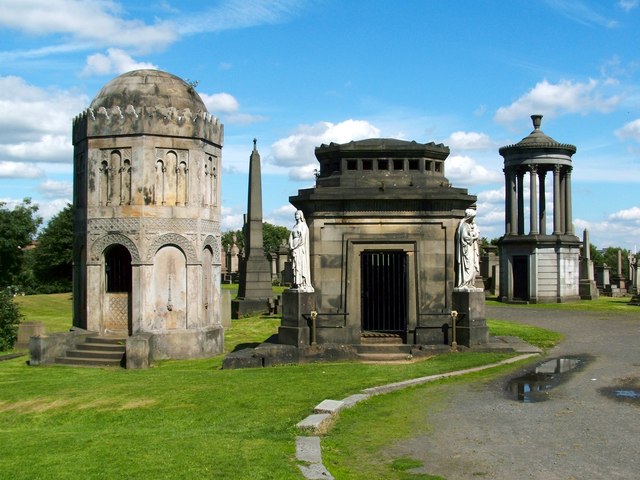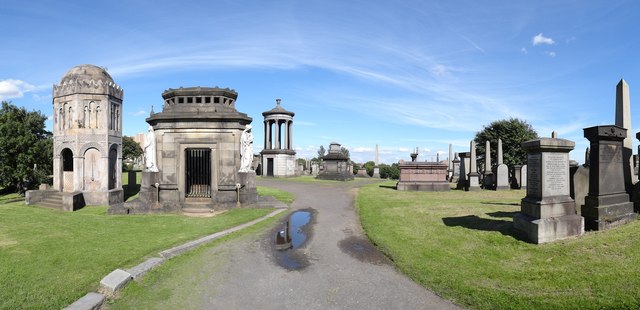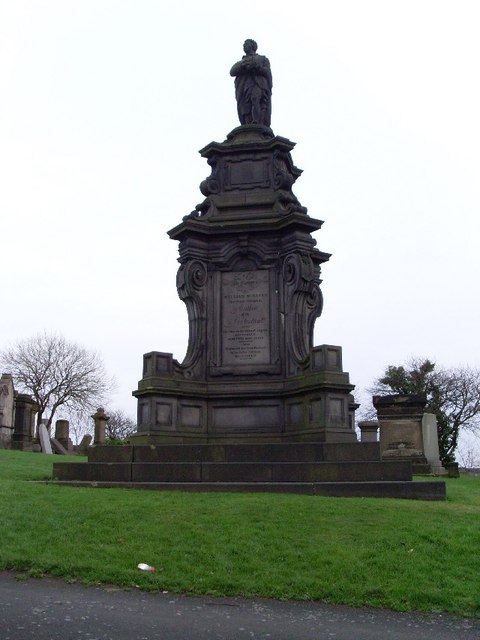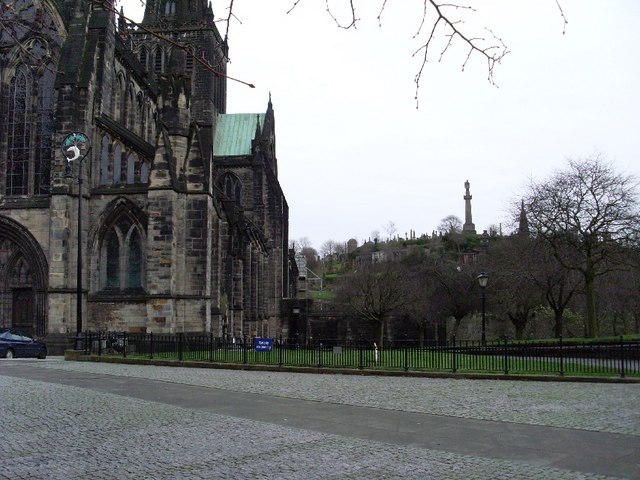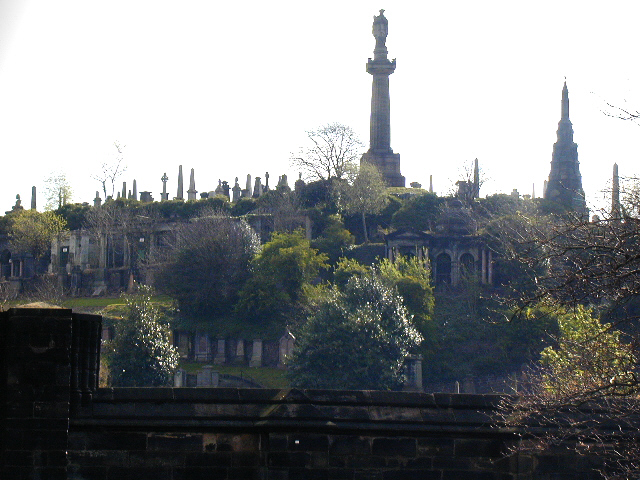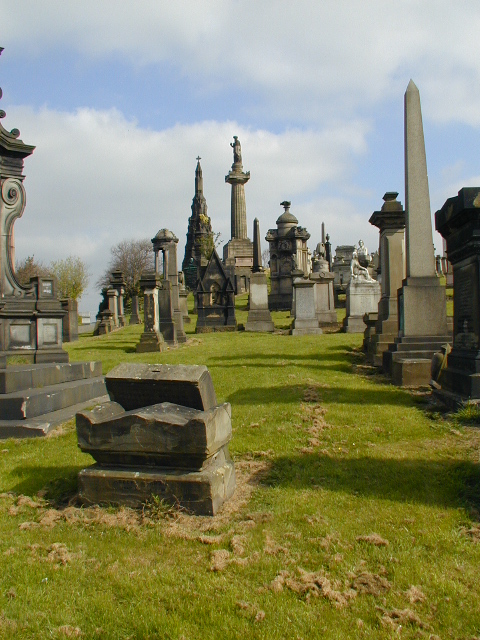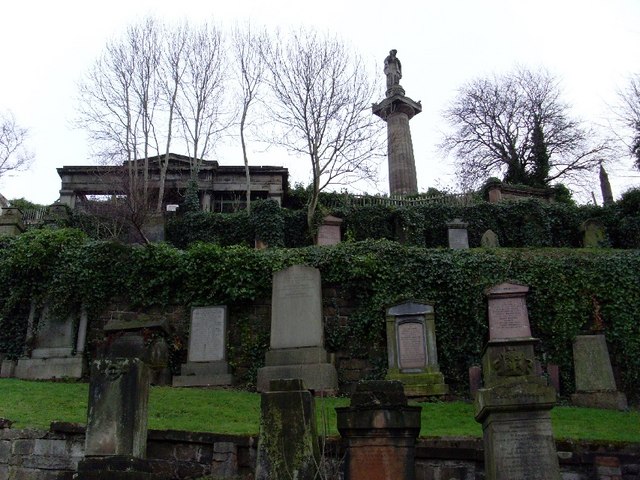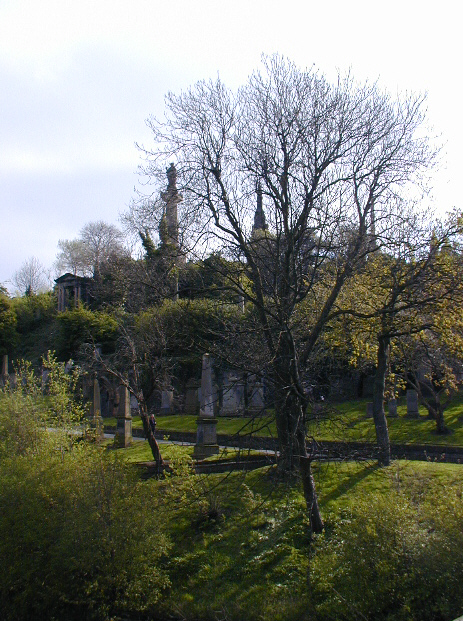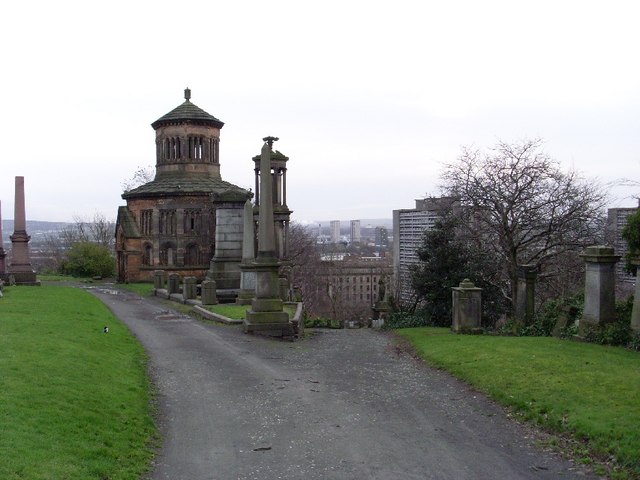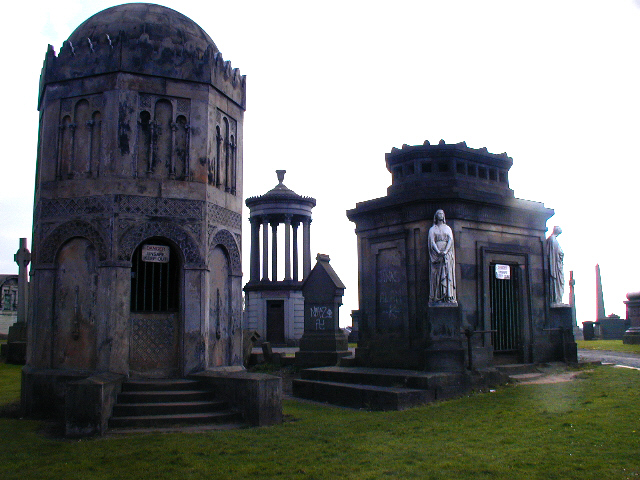Castle St, Glasgow G4 0UZ
Glasgow Necropolis
The Glasgow Necropolis is a Victorian cemetery in Glasgow, Scotland. It is on a low but very prominent hill to the east of Glasgow Cathedral. Fifty thousand individuals have been buried here. Typical for the period, only a small percentage are named on monuments and not every grave has a stone.
Location
About
If you're a history buff, a lover of Gothic architecture, or simply intrigued by cemeteries, then Glasgow Necropolis Cemetery in Scotland is a must-visit destination. Located on a hill to the east of Glasgow Cathedral, this Victorian-era cemetery boasts stunning views of the city, fascinating stories of its inhabitants, and a tranquil atmosphere that offers respite from the hustle and bustle of urban life.
The Glasgow Necropolis Cemetery opened in 1833, and was designed as a garden cemetery, meaning that it was laid out to resemble a park rather than a traditional graveyard. The cemetery was created to cater to the burgeoning population of Glasgow, which had grown rapidly during the industrial revolution, and soon became a popular burial site for the city's elite.
As you wander through the cemetery, you'll be struck by the sheer scale and grandeur of the memorials and monuments. The cemetery is home to over 50,000 graves, including those of some of Glasgow's most famous citizens, such as James Watt, the inventor of the steam engine, and Charles Tennant, the founder of the chemical company that would later become ICI. Many of the graves are adorned with intricate sculptures and carvings, such as the statue of John Knox, the Scottish reformer, which stands atop a 70-foot-high column.
One of the highlights of a visit to the Glasgow Necropolis Cemetery is the chance to learn about the fascinating stories of its inhabitants. Guided tours are available, which offer insights into the lives of the people buried there, from the wealthy merchants and industrialists who helped to shape Glasgow's fortunes, to the ordinary people whose lives were touched by the great events of their time, such as the Irish potato famine.
The cemetery is also a popular spot for photographers, thanks to its stunning Gothic architecture and beautiful views over the city. One of the most photographed landmarks in the cemetery is the John Knox Monument, which was erected in 1825 and dominates the skyline. From here, you can enjoy panoramic views of Glasgow, including the famous Glasgow Cathedral, the River Clyde, and the distant hills beyond.
Finally, the Glasgow Necropolis Cemetery is also a place of quiet contemplation and reflection. The peaceful surroundings provide a serene and calming atmosphere, perfect for a leisurely stroll or a moment of quiet contemplation. The cemetery is also home to a number of wildlife species, including foxes, badgers, and bats, which adds to the sense of tranquillity and natural beauty.
In conclusion, the Glasgow Necropolis Cemetery is a fascinating and unique tourist destination, offering a glimpse into the rich history of Glasgow and the lives of its inhabitants. Whether you're interested in architecture, history, or simply looking for a peaceful spot to unwind, this beautiful cemetery is well worth a visit. So why not take a trip to Glasgow and explore this hidden gem for yourself?
Things to do nearby
Glasgow Necropolis, located on a hill to the east of the city center, is one of the most interesting and historic places to visit in Glasgow. The Necropolis is a Victorian cemetery with over 50,000 graves, including some of Scotland's most famous citizens. Here are some suggestions for places to visit and things to do nearby Glasgow Necropolis from a tourist perspective.
1. St. Mungo Museum of Religious Life and Art
St. Mungo Museum of Religious Life and Art is located a short distance from Glasgow Necropolis. It is a fascinating museum that explores the world's major religions and their impact on society. The museum has a wide range of exhibits, including art, artifacts, and interactive displays.
2. Glasgow Cathedral
Glasgow Cathedral is one of the oldest and most significant buildings in Glasgow. It was built in the 12th century and is a magnificent example of Gothic architecture. The cathedral is located in the heart of Glasgow and is a must-see for anyone interested in history and architecture.
3. Provand's Lordship
Provand's Lordship is a historic house located near Glasgow Cathedral. It is one of the oldest buildings in Glasgow and is now a museum that tells the story of life in Glasgow in the 17th century. The museum has a collection of furniture, paintings, and other artifacts from the period.
4. The Barras Market
The Barras Market is a famous Glasgow institution that has been operating for over 100 years. It is a bustling market that sells a wide range of goods, including clothes, food, and antiques. The market is open every weekend and is a great place to experience the local culture.
5. The People's Palace and Winter Gardens
The People's Palace and Winter Gardens is a museum and greenhouse complex located in Glasgow's East End. The museum tells the story of Glasgow's social history, while the greenhouse is home to a range of exotic plants and animals. The complex is a great place to spend a few hours and is perfect for families.
6. Glasgow Green
Glasgow Green is a large park located in the heart of the city. It is a great place to relax and enjoy the outdoors, with plenty of space for picnics, games, and walks. The park is also home to a number of historic monuments and buildings, including the Doulton Fountain and the McLennan Arch.
7. The Tenement House
The Tenement House is a museum located in the Garnethill area of Glasgow. It is a beautifully preserved example of a tenement flat from the early 20th century and offers a fascinating insight into the lives of Glasgow's working-class families. The museum has a range of exhibits, including furniture, clothing, and household items.
In conclusion, Glasgow Necropolis is a fascinating and historic place to visit, but there is also plenty to see and do in the surrounding area. From museums and parks to markets and historic buildings, there is something for everyone nearby. Whether you are interested in history, culture, or just want to experience the local way of life, Glasgow has something to offer.
Opening Hours
| Tuesday | 7 am–4:30 pm |
|---|---|
| Wednesday | 7 am–4:30 pm |
| Thursday | 7 am–4:30 pm |
| Friday | 7 am–4:30 pm |
| Saturday | 7 am–4:30 pm |
| Sunday | 7 am–4:30 pm |
| Monday | 7 am–4:30 pm |
